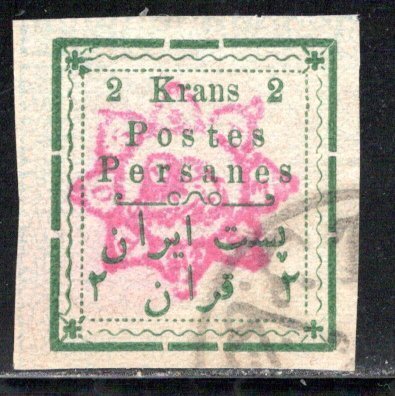Exploring the Cultural Legacy of Persia

Introduction
Persia, a historical empire that existed from 550 BC until the 20th century, is known for its significant cultural, political, and architectural contributions to the world. The importance of understanding Persia lies not only in its ancient history but also in how its legacies continue to influence modern cultures across the globe.
The Rise and Influence of the Persian Empire
The Persian Empire, known for its vast territorial expanse, was one of the largest empires in ancient history. Established by Cyrus the Great, it fostered an environment of economic prosperity and cultural diversity. It is estimated that at its height, Persia covered regions stretching from the Balkans in the west to the Indus Valley in the east.
One of the key features of this empire was its respect for local customs and religions, which encouraged harmony among various ethnic groups. The governance system introduced under Darius the Great, involving local satraps (governors) who governed regions according to their traditions, exemplifies this cultural inclusivity. This model of governance has influenced many modern political systems.
Cultural Contributions
Persia contributed significantly to various fields, including literature, architecture, art, and science. The Persian language and poetry have left an indelible mark, with figures like Rumi and Hafez still celebrated today. Persian carpets, known for their intricate designs and craftsmanship, are considered among the finest in the world.
The architectural advancements in Persia can be seen in stunning structures such as the Persepolis ruins, which showcase the grandeur of Persian civilization. These architectural feats not only serve as historical markers but also continue to inspire contemporary architects today.
Modern-Day Relevance
The heritage of Persia remains pertinent in contemporary discussions about identity, culture, and politics, especially in the context of Iran, which is considered the successor of the Persian Empire. Current events in the region often highlight the complex interplay of ancient traditions with modern statehood. As Iran continues to evolve, its imperial past serves as a reminder of rich cultural narratives that shape current societal dynamics.
Conclusion
In conclusion, the legacy of Persia is not merely a chapter from history books; it is a vibrant tapestry that continues to influence various aspects of modern life. Understanding Persia’s contributions allows us to appreciate the complexities of global cultures and encourages a dialogue that transcends borders. As we look towards the future, it is essential to honour and learn from these timeless legacies to foster a more inclusive and enlightened world.

